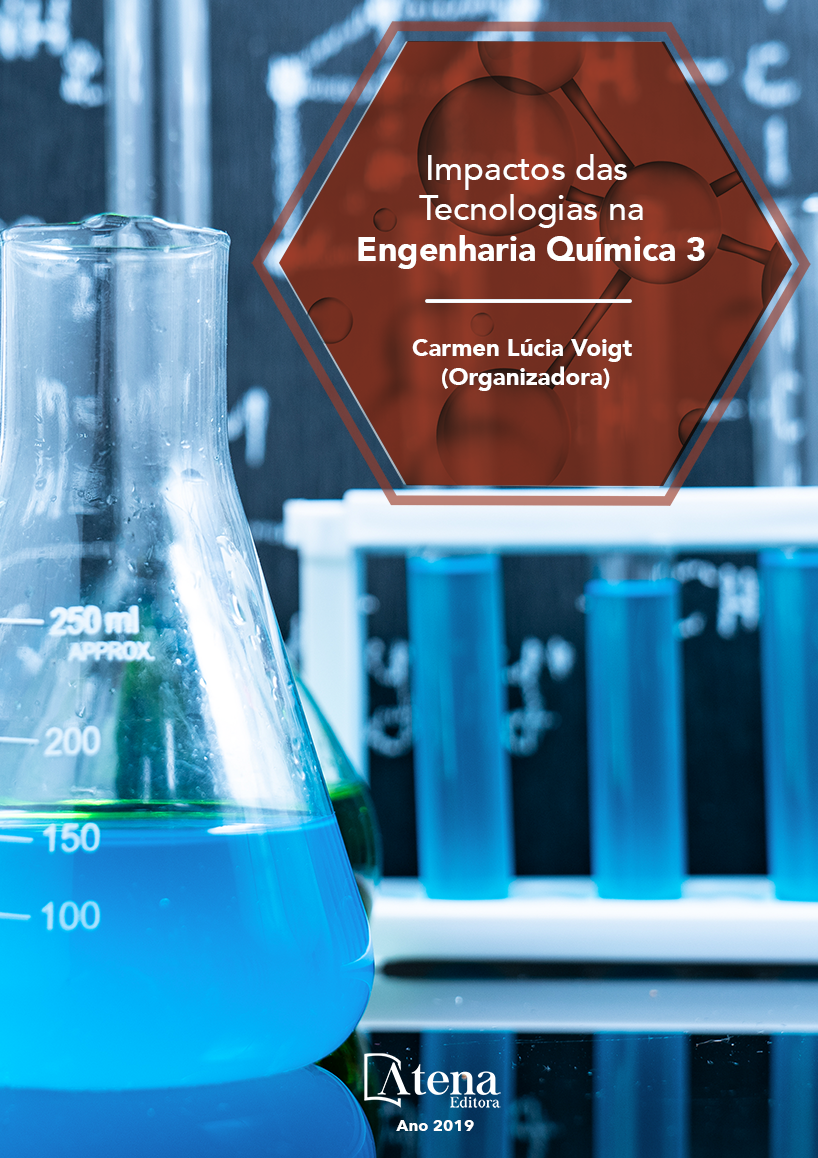
RESÍDUOS DE CANA-DE-AÇÚCAR E MILHO COMO MATÉRIA-PRIMA DO ETANOL 2G: ATUALIDADES E PERSPECTIVAS
O Brasil é o segundo maior produtor
de etanol do mundo. Além desse grande
destaque, o país também desponta como
grande promessa na produção da segunda
geração do combustível (o etanol 2G). Isso
decorre do fato de poder utilizar os próprios
resíduos da atual produção (obtida a partir do
caldo de cana) como matéria-prima da segunda
geração. Esse fator, isoladamente, já pode
permitir um incremento de aproximadamente
50% da produção sem aumentar a área
de cana plantada. Contudo, há no Brasil
outra grande matéria-prima: os resíduos da
produção de milho. Como subproduto dessa
atividade agrícola, tem-se diferentes partes
da planta (caule, palha e bagaço) que podem,
após pré-tratamento da biomassa e hidrólise
dos polissacarídeos, fornecer açúcares
fermentescíveis. Assim sendo, a fabricação
desse combustível renovável passa a ter um
apelo ainda maior, uma vez que a utilização
desses resíduos agroindustriais proporciona
um aumento da segurança hídrica, energética e
alimentar. Nesse contexto, o presente capítulo
aborda, na forma de revisão, o estado da arte e os principais aspectos relacionados ao
tema nas seguintes seções: (1) Breve histórico da produção de etanol no Brasil e no
mundo; (2) Evolução da primeira para a segunda geração do combustível; (3) Por que
buscar leveduras em biomassa vegetal em decomposição?; (4) Leveduras isoladas de
bagaço e palha de cana-de-açúcar e milho: estado da arte, (4.1) Metabolismo de xilose,
(4.2) Metabolismo de celobiose, (4.3) Capacidade de hidrólise de polissacarídeos; e,
(5) Perspectivas de aplicação de leveduras selvagens na indústria.
RESÍDUOS DE CANA-DE-AÇÚCAR E MILHO COMO MATÉRIA-PRIMA DO ETANOL 2G: ATUALIDADES E PERSPECTIVAS
-
DOI: 10.22533/at.ed.3191901042
-
Palavras-chave: leveduras, xilose, celobiose, celulose, biomassa.
-
Keywords: yeasts, xylose, cellobiose, cellulose, biomass.
-
Abstract:
Brazil is the second most producer of ethanol in the world. Besides this
great highlight, the country also emerges as a great promise in the production of the
second generation of the fuel (2G ethanol). This is due to the fact that it can use
the own residues of the current production (obtained from the sugarcane juice) as
second-generation raw material. This feature, alone, can already allow an increase
of approximately 50% of the production without increasing the planted area of
sugarcane. However, in Brazil there is another great raw material: the residues from
corn production. As a by-product of this agricultural activity, there are different parts
of the plant (stalk, straw and bagasse) that can, after biomass pretreatment and
polysaccharides hydrolysis, provide fermentable sugars. As a result, the production
of this renewable fuel is even more appealing, since the use of these agro-industrial
wastes increases water, energy and food security. In this context, this chapter reviews
the state of the art and the main aspects related to the topic in the following sections:
(1) Brief history of ethanol production in Brazil and in the world; (2) Evolution from the
first- to the second-generation of the fuel; (3) Why search for yeast in decomposing
plant biomass?; (4) Yeasts isolated from sugarcane bagasse and corn: state of the art,
(4.1) Xylose metabolism, (4.2) Cellobiose metabolism, (4.3) Polysaccharide hydrolysis
ability; and, (5) Prospects for application of wild yeasts in industry.
-
Número de páginas: 15
- Sérgio Luiz Alves Júnior
- Helen Treichel
- Viviani Tadioto
- Ana Carolina Lucaroni
- Letícia Deoti
- Évelyn Taize Barrilli
- Anderson Giehl
- Letícia Mara Milani
- Caroline Müller


